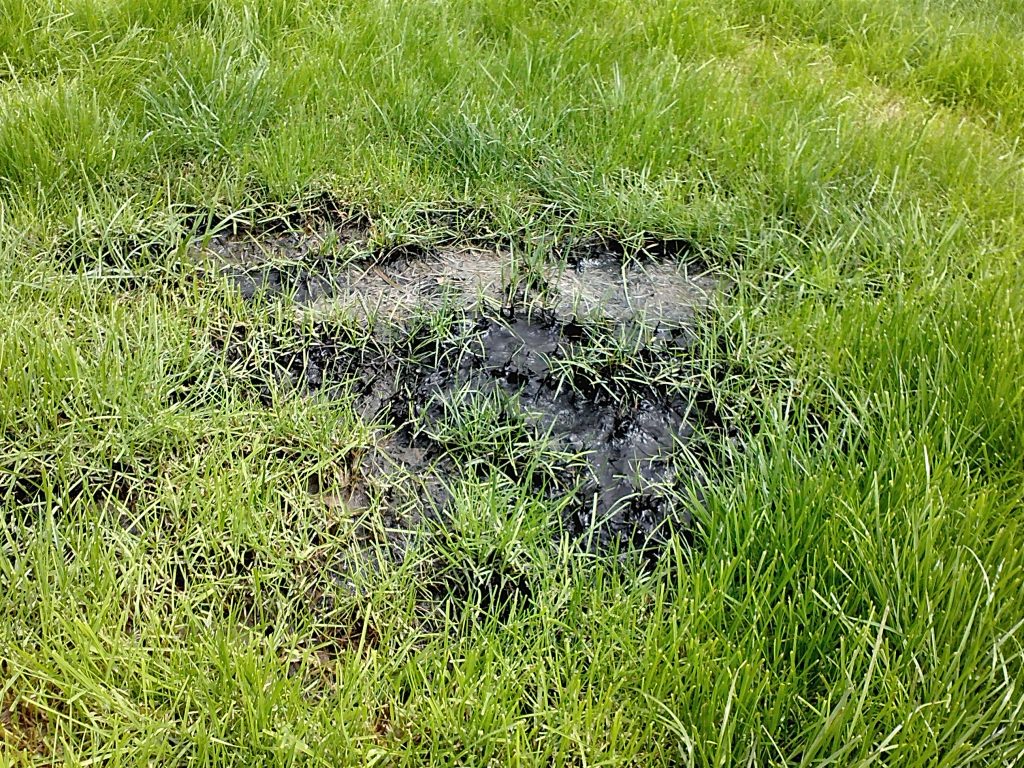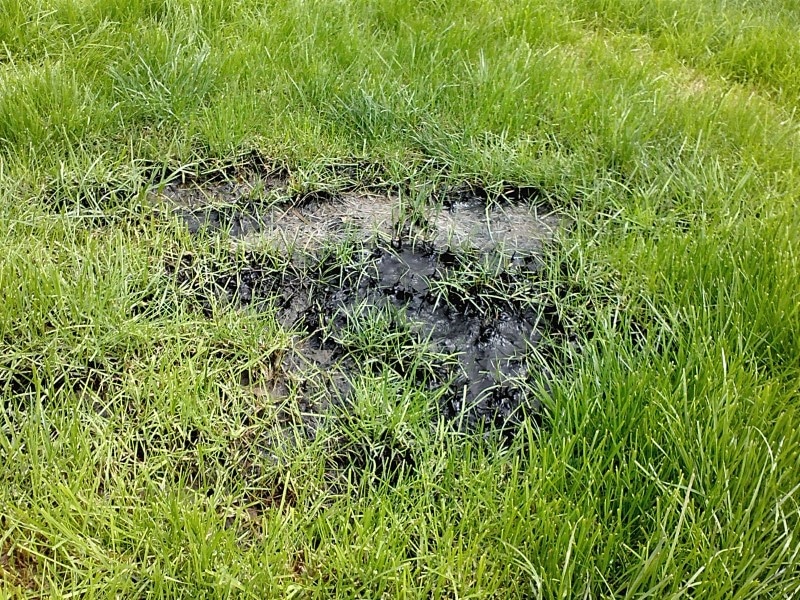
Many experts believe that whatever happens to the septic tank will affect the drain field. If the tank is treated well, then the drain field will have no problems at all. But if the septic tank is neglected, then the drain field will suffer the consequences. The drain field backs up because of any of the following reasons:
a) Any degree of damage
Physical damage to any part of the drain field will result to leaks. The septic expert should be able to repair or replace the parts involved. If the cracks and leaks aren’t attended to immediately, then the untreated effluent will force the incoming wastewater to back up into the home and overflow onto the property. Regular and thorough inspection should always be done to correct damaged parts right away and prevent system failure.
b) System overloaded with water
When large amounts of water enter the septic, the resident anaerobic bacteria don’t have enough time to do their job of efficient digestion. The solid wastes just get all stirred up and dispersed in to the drain field. The drain field gets clogged with the solid particles. The septic tank overflows and effluent covers the drain field. The aerobic bacteria in the drain field die off because of high saturation. The biomat increases in population and contributes to the drain field’s clogging. Wastewater treatment stops and effluent just backs up into the home and all over the property. This can be prevented by diverting the rain gutter away from the drain field, by having a dry well, and by not using the washing machine and the dishwasher at the same time.
c) Roots
Trees and shrubs have invasive roots that block the normal passage of the effluent. When the wastewater cannot move forward, it backs up into the home and surrounding areas. The septic expert should manually remove these invasive roots. Using harsh, corrosive chemicals will only damage the physical parts of the drain field and pollute the environment.
d) Pump out schedules not followed
You should make sure that the pump out schedules are kept with the septic expert so that the sludge level could be kept low. If the pump outs are not done on time, the sludge will take over the tank and then the drain field, leading to blockage and eventual failure.
e) The drains, toilets, and sinks are not properly used
Improper use of the drains, toilets, and sinks involve throwing non-biodegradable materials, grease, and chemicals into them. This should not be permissible at all because the non-biodegradable materials and the grease will only stay there in the tank and disperse into the drain field when the time is right. The drain field will then be clogged and this results to backing up and failure. The strong chemicals will kill off the resident bacteria, halting the wastewater treatment process. Solid wastes will clog the drain field, bringing forth backups and failure as well.
Is it important to know why drain fields back up? Of course, it is. When you do know the reasons, then you will be able to work with your septic expert to prevent it and other problems from actually happening.
